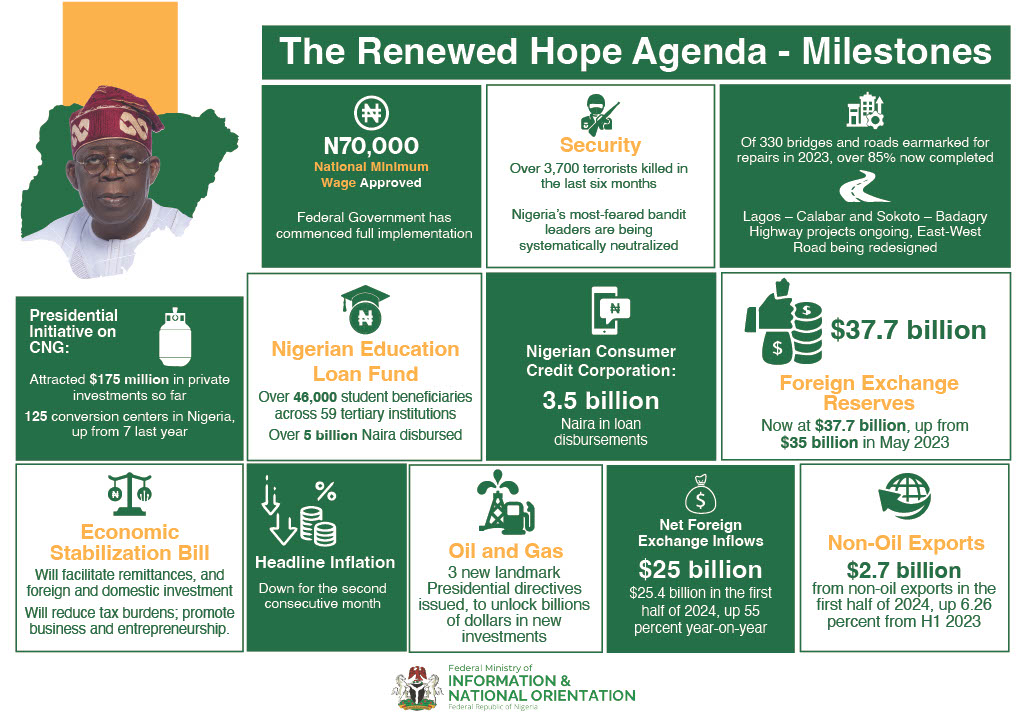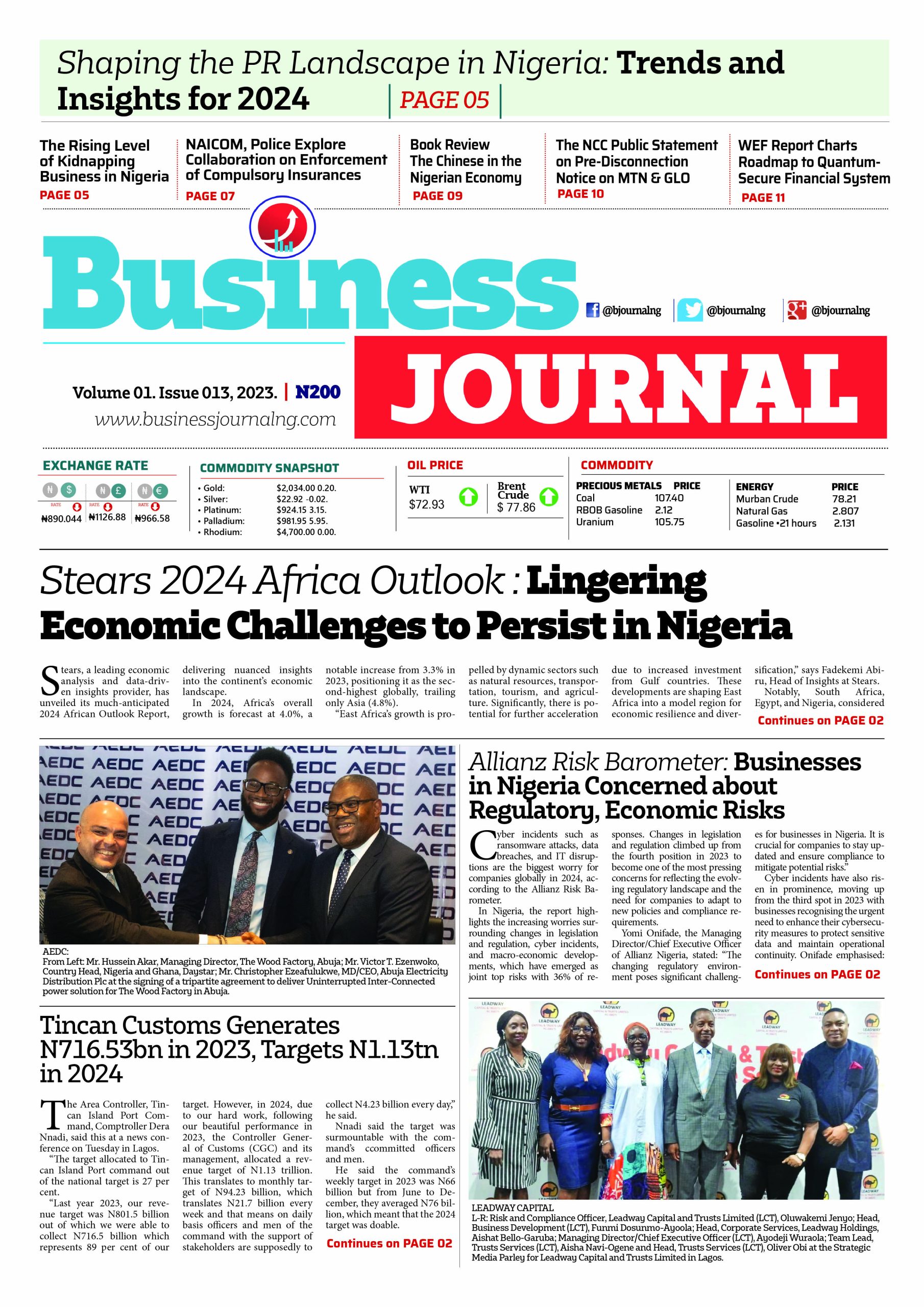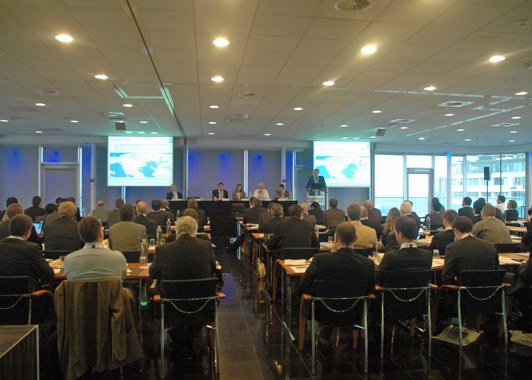Amid improving market sentiment and a weakening dollar, the World Bank is raising its 2016 forecast for crude oil prices to $41 per barrel from $37 per barrel in its latest Commodity Markets Outlook, as an oversupply in markets is expected to recede.
The crude oil market rebounded from a low of $25 per barrel in mid-January to $40 per barrel in April following production disruptions in Iraq and Nigeria and a decline in non-Organisation of the Petroleum Exporting Countries production, mainly U.S. shale. A proposed production freeze by major producers failed to materialise at a meeting in mid-April.
“We expect slightly higher prices for energy commodities over the course of the year as markets rebalance after a period of oversupply,” said John Baffes, Senior Economist and lead author of the Commodities Markets Outlook. “Still, energy prices could fall further if OPEC increases production significantly and non-OPEC production does not fall as fast as expected.”
All main commodity indexes tracked by the World Bank are expected to decline in 2016 from the year before due to persistently elevated supplies, and in the case of industrial commodities – which include energy, metals, and agricultural raw materials — weak growth prospects in emerging market and developing economies.
Energy prices, including oil, natural gas and coal, are due to fall 19.3 percent in 2016 from the previous year, a more gradual drop than the 24.7 percent slide forecast in January. Non-energy commodities, such as metals and minerals, agriculture, and fertilizers, are due to decline 5.1 percent this year, a downward revision from the 3.7 percent drop forecast in January.
Metals prices are projected to fall 8.2 percent in the coming year, less than the 10.2 percent drop forecast in January, reflecting expectations of stronger demand growth by China. Agriculture prices are forecast to fall more than projected in January in what is expected to be another favorable harvest year for most grain and oilseed commodities. Agricultural commodities prices are also pulled down by lower energy costs.
Low commodity prices are undermining growth prospects for many resource-rich countries that experienced a surge in exploration, investment, and production during the commodities boom of the 2000s.
Countries that have borrowed and invested heavily in anticipation of faster growth may struggle to service their debt and sustain investment when growth disappoints as a result of lower commodity prices, a special feature of the Commodity Markets Outlook says.
With oil and metals prices today 50 percent to 70 percent lower than their early 2011 peaks, natural resource development projects have already been put on hold or delayed in several emerging and developing countries.
“These project delays can adversely affect countries that can ill-afford such setbacks,” said Ayhan Kose, Director of the World Bank’s Development Prospects Group.
“Greater transparency, improved government efficiency and improvements in macroeconomic frameworks could soften such disruptions. Countries may prefer to wait for prices to start rising again before launching new natural resource development initiatives.”
The World Bank’s Commodity Markets Outlook is published quarterly, in January, April, July and October. The report provides detailed market analysis for major commodity groups, including energy, metals, agriculture, precious metals and fertilisers.
Price forecasts to 2026 for 46 commodities are presented along with historical price data.











